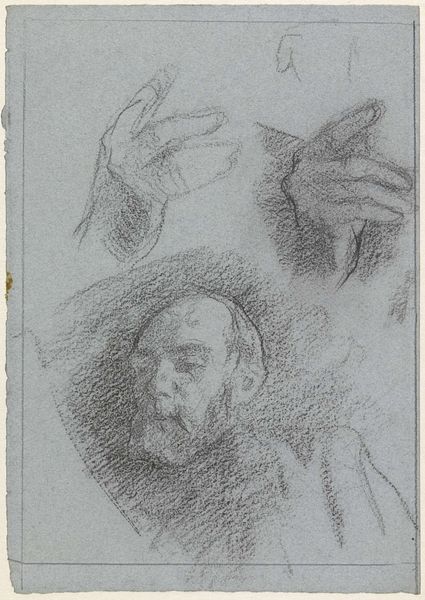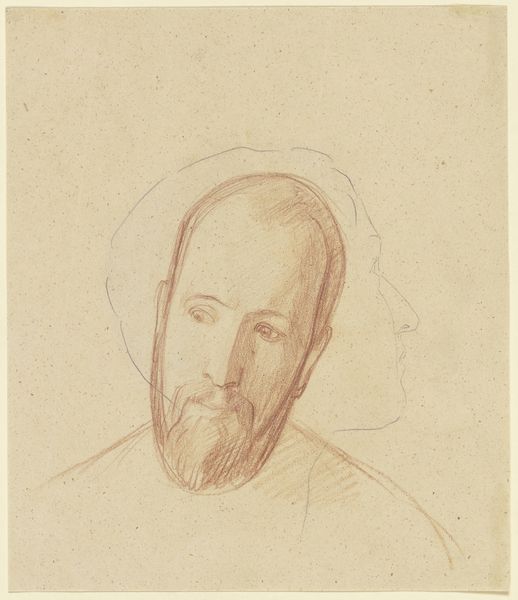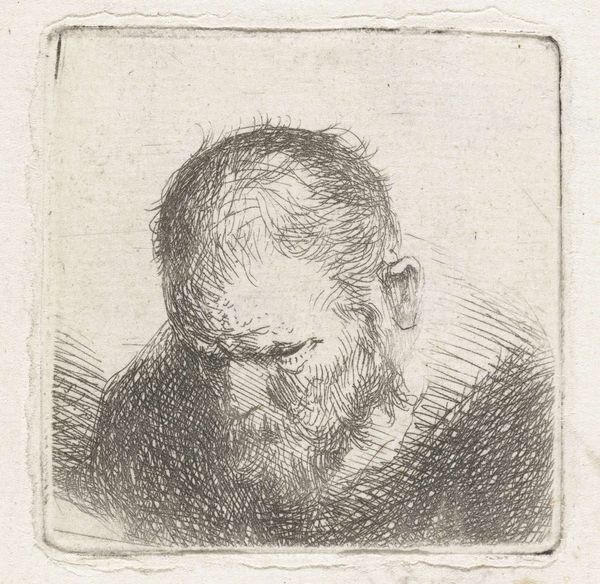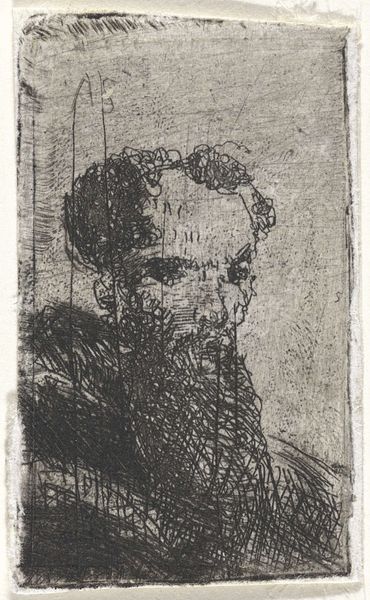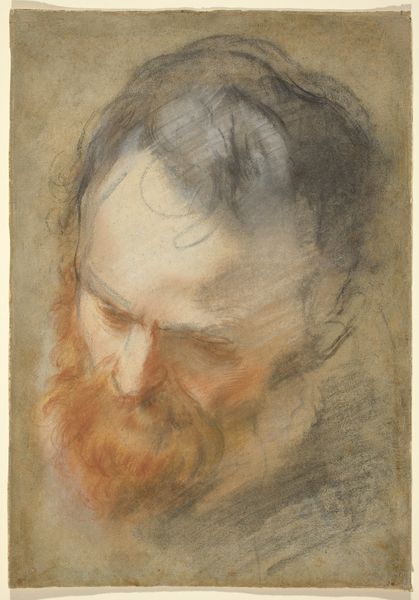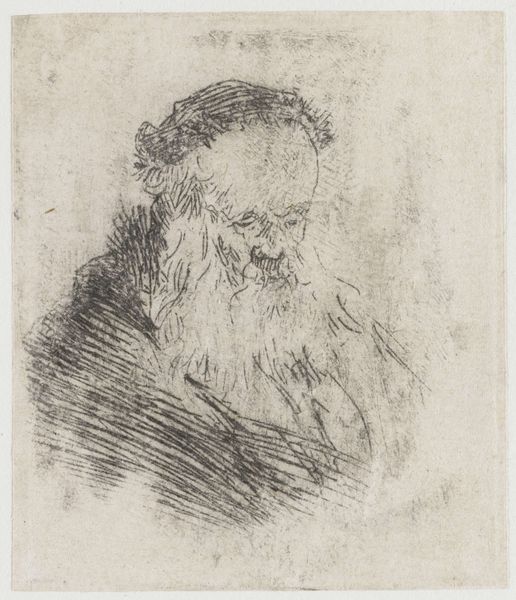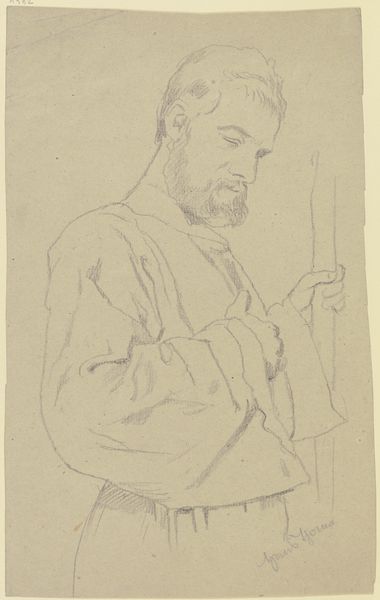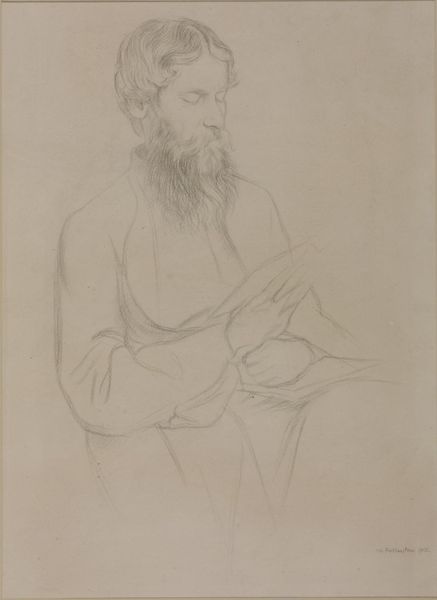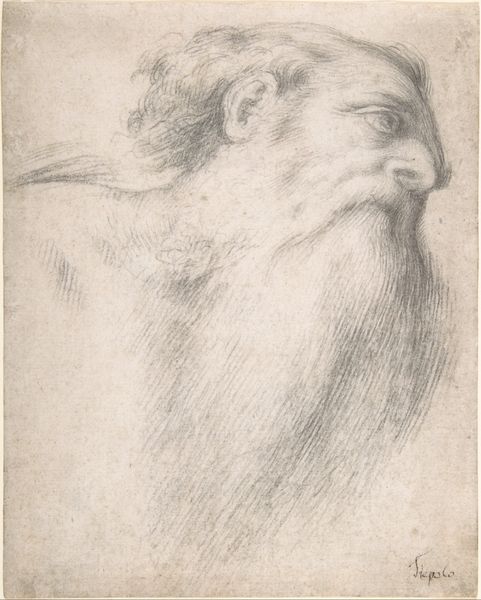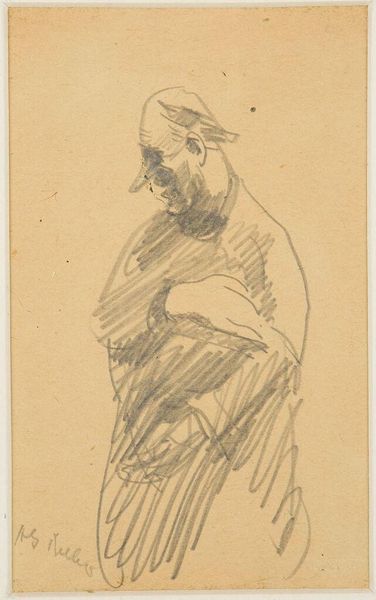
drawing, pencil
#
portrait
#
pencil drawn
#
drawing
#
facial expression drawing
#
pencil sketch
#
charcoal drawing
#
charcoal art
#
portrait reference
#
pencil drawing
#
pencil
#
limited contrast and shading
#
men
#
portrait drawing
#
tonal art
#
academic-art
#
realism
Dimensions: 6 11/16 x 4 1/4 in. (17 x 10.8 cm)
Copyright: Public Domain
Curator: John La Farge captured this incredible likeness of “Father Hecker Reading Goethe” back in 1866, using humble pencil and paper. Editor: It feels incredibly intimate, doesn't it? Like we're intruding on a private moment. The soft lines, the downward gaze... it all conveys such a sense of contemplation. Curator: Absolutely. La Farge was known for his sensitivity to light and shadow, even in his drawings. There's a real depth created despite the limited tonal range. It is very clear that it belongs to the Academic art style, even though the subject itself is intimate. Editor: It's interesting to think about what Hecker is reading. Goethe, of course, represents a certain kind of Western intellectual tradition. What might it have meant for an American religious figure to engage so deeply with that tradition in the 19th century? I can't help but see how the intellectual pursuit seems to be in conflict with spiritual reflection, given his physical posture. Curator: That's a wonderful point. Hecker, a prominent American Catholic priest, was deeply interested in the relationship between faith and modern thought, very much as I perceive it from his pensive composure. I’d bet La Farge captured his thoughtful disposition wonderfully. Editor: It also highlights how cultural and intellectual exchange always happens across different axes of power. Who has access to what knowledge, and how does that knowledge shape their worldview? Hecker’s posture in reading embodies someone seeking further information to consolidate their own understanding of the world around him, to better shape its dynamics. Curator: Precisely. And La Farge himself was wrestling with similar questions of spirituality and the role of art in modern life, constantly questioning the artist role. He saw Goethe as a titan, perhaps envying the certainty of his convictions—something Hecker may also have sought. Editor: I see it. This piece then functions as an almost collaborative intellectual endeavor, one of constant self-questioning by everyone involved. Curator: Maybe La Farge was subtly asking, “How do we find meaning in a rapidly changing world?” It’s a quiet, but powerful statement, indeed. Editor: That resonates deeply. And it makes you wonder what kind of world he was ultimately building with that information. Curator: A thought to linger on as we move ahead!
Comments
No comments
Be the first to comment and join the conversation on the ultimate creative platform.
